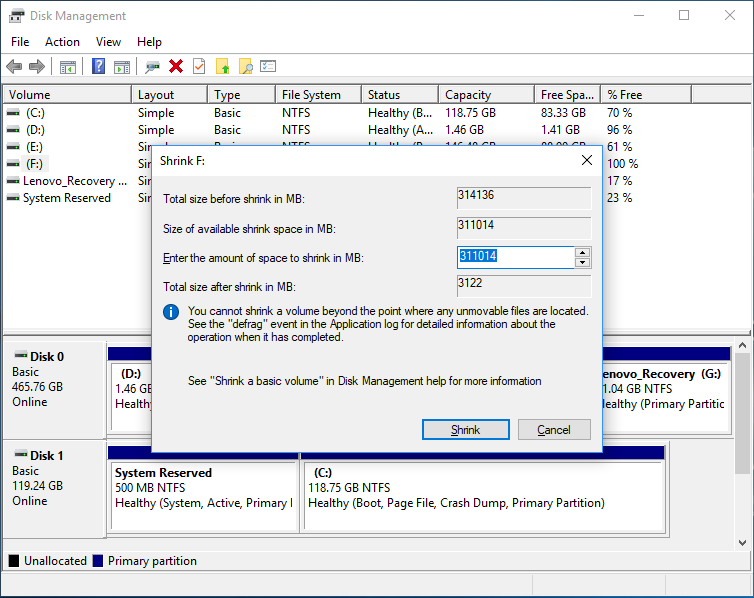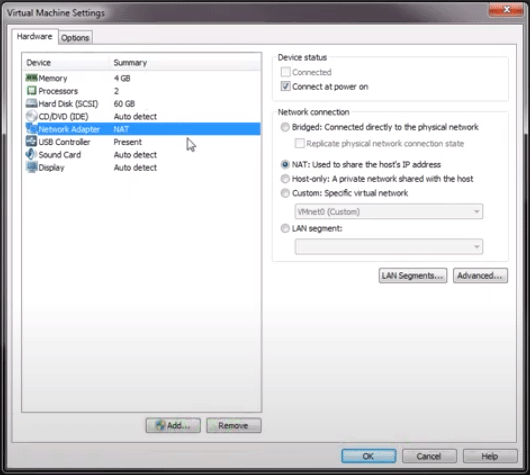

We're always here to help.Įdited by Mike_Walsh, 09 January 2018 - 04:52 PM. Initializing a disk erases everything on it and prepares it for use by Windows, after which you can format it and then store files on it. You can only initialize a drive thats not yet formatted. If you find there's problems, either ask here on the forum, or try out another distro! Linux is pretty adaptable to most machines nowadays, so you shouldn't have too much trouble. If you add a brand new disk to your PC and it doesnt show up in File Explorer, you might need to add a drive letter, or initialize it before using it.

Then, re-boot into your new Linux distro.! If so, then you can run the 'installer' from the 'Live' session. This creates a 'LiveCD' or 'LiveUSB', which allows you to take Linux for a 'test-drive' first, to see if it and your hardware like each other. If you're doing this from Windows, use Rufus if doing this from Linux, I'd recommend UNetbootin. These have the advantage that you can use 'em again & again also for other stuff. But, a rough overview would b:-Ģ) 'Burn' it to a CD/DVD (usually the latter will be needed), or 'burn' it to a USB drive. iso file being considerably larger.in large part due to the fact of an SSD being that much faster. Installing Anti-X was no different from installing my Pups if anything, it was quicker, despite the Anti-X. I run 10 'Puppies' from an internal hard-drive, and Anti-X from a small, secondary internal SSD. Linux sees everything as a 'file' (even the 'mount points' where the individual drive is 'mounted' into the system). The above two answers will supply you with the nuts'n'bolts of how it's actually done.Īs to the general difficulty of the procedure, well.in all fairness, it's no different to installing Linux to a hard drive.


 0 kommentar(er)
0 kommentar(er)
